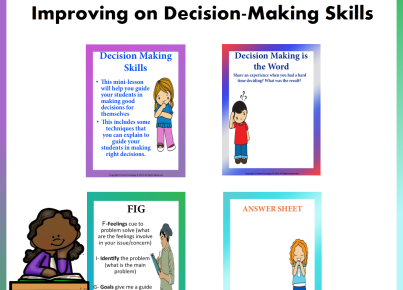Introduction
The teaching profession is one of great dedication and responsibility. As a teacher, you are entrusted with the care and education of young students, making sure they are able to learn in a safe and secure environment. Part of this responsibility includes understanding the legal framework regarding health and safety in schools. This article will discuss the basics of health and safety regulations, the concept of liability, and how teachers can protect themselves from potential legal issues.
Understanding Health and Safety Regulations
Health and safety regulations exist to ensure the well-being of students, staff, and visitors within a school setting. These rules cover various aspects of school operations, such as emergency preparedness, maintenance standards for facilities and equipment, policies on hazardous materials, and playground safety. As a teacher, it is crucial to familiarize yourself with these regulations to prevent accidents from occurring.
Liability: What It Means for Teachers
Liability refers to being legally responsible for something. In the context of health and safety in schools, teachers may be held liable for injuries or damages caused by their own negligence or lack of reasonable care towards students. This means that if a student gets hurt because you failed to adhere to health and safety regulations or acted carelessly in supervising them, you could be found liable.
However, it is important to note that this does not mean that teachers will always be held liable if an accident occurs during their watch. The concept of “reasonable care” plays a significant role here. If you have taken all reasonable precautions, according to the standard policies and procedures set forth by your school or educational institution, then you are less likely to be held liable for incidents beyond your control.
Limits of Liability
There are several factors that may limit a teacher’s liability when it comes to health and safety incidents:
1.Sovereign Immunity: In some jurisdictions, public school teachers may be protected by sovereign immunity, meaning they cannot be sued for acting within the scope of their employment. However, this protection usually has its limitations and can vary between different regions.
2.Comparative or Contributory Negligence: In some cases, the injured party’s own negligence may contribute to their injuries. In such situations, the liability of the teacher may be reduced or even eliminated, depending on the specific circumstances and applicable laws.
3.Good Samaritan Laws: These laws protect individuals who provide assistance in emergency situations from being held liable for any harm that may arise as a result of their actions. As a teacher, you might be protected under Good Samaritan Laws if you provide first aid to an injured student in good faith and without gross negligence.
Protecting Yourself from Liability
To minimize the risk of being held liable for health and safety incidents in schools, consider taking the following steps:
- Understand and follow your school’s and local regulations on health and safety.
- Communicate with your school administration to ensure necessary maintenance and repairs are carried out promptly.
- Regularly inspect your classroom for potential hazards and address them as soon as possible.
- Provide clear instructions to students on proper behavior to follow both inside and outside the classroom.
- Document any incidents that occur in your classroom, detailing how you responded to them.
- Attend professional development courses on school safety and education law to further enhance your understanding of health and safety matters.
Conclusion
Understanding legal basics such as health and safety regulations, limits of liability, and ways to protect yourself from liability are essential for teachers. By staying informed about these issues and taking proactive measures to create a safe environment for your students, you can help ensure a secure learning experience while minimizing legal risks.





